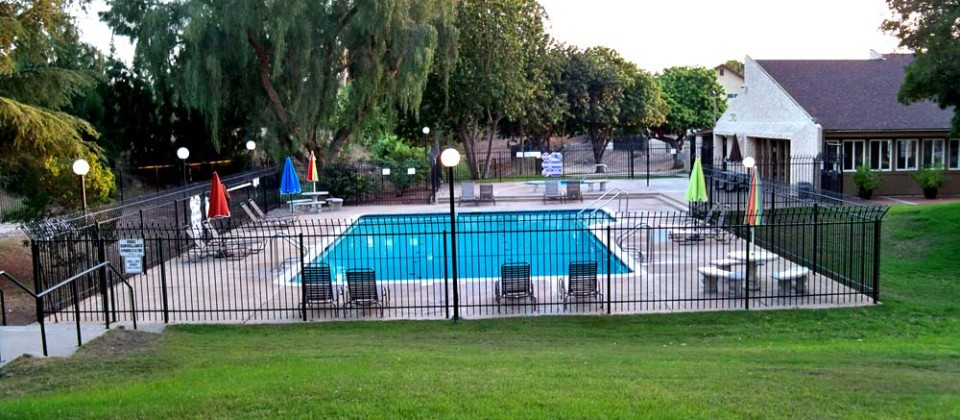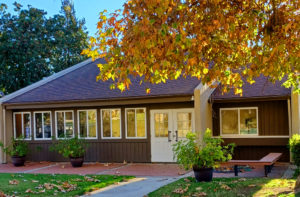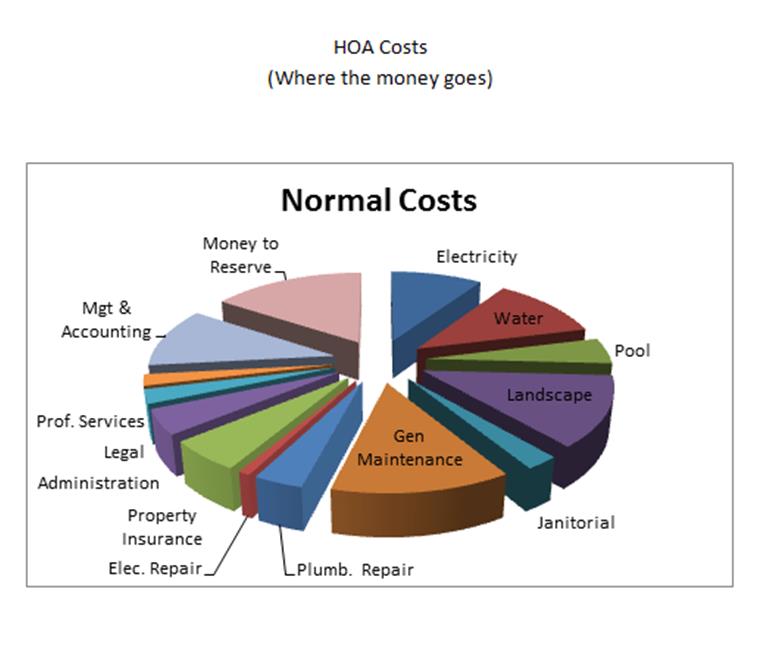**Welcome to Encore Bonita Homeowners Association**
The Encore Bonita HOA is made up of residents that own the 96 Homes and 8 Townhouses within this Rancho Del Rey Community located in beautiful Chula Vista, California. Our association is working hard to improve property values by providing a well-maintained and safe environment for all who reside in our neighborhood while striving to keep our monthly dues as low as possible.
The Health and Safety of our residents is most important to us.
What is a Homeowner Association?
Please take note that Eastlake, Otay Ranch, Rancho Del Rey, Rolling Hills and many other estates of Chula Vista are well maintained and show pride of ownership primarily because of the efforts of their homeowner’s association. The following is an article that explains what a HOA actually does and what their responsibility is to the community they serve.
Davis–Stirling Common Interest Development Act
From Wikipedia, the free encyclopedia
Homeowner Association – HOA
Under Davis–Stirling, a developer of a common interest development is able to create a homeowner association (HOA) to govern the development. As part of creating the HOA, the developer records a document known as the Declaration of Covenants, Conditions, and Restrictions (CC&Rs) against the units or parcels within the HOA with the county recorder.
Even though it is not a governmental entity, the HOA operates like one in some respects. As recognized by the Supreme Court of California, the Declaration of CC&Rs is the constitution of the HOA and is legally binding upon residents to the extent that it does not conflict with state or federal law. CC&Rs, once properly recorded, are presumed valid until proven otherwise. The California Courts of Appeal have explained the quasi-governmental nature of the HOA:
| Indeed, the homeowners associations function almost as a second municipal government, regulating many aspects of the homeowners’ daily lives. Upon analysis of the association’s functions, one clearly sees the association as a quasi-government entity paralleling in almost every case the powers, duties, and responsibilities of a municipal government. As a ‘mini-government,’ the association provides to its members, in almost every case, utility services, road maintenance, street and common area lighting, and refuse removal. In many cases, it also provides security services and various forms of communication within the community. There is, moreover, a clear analogy to the municipal police and public safety functions…. In short, homeowners associations, via their enforcement of the CC&R’s, provide many beneficial and desirable services that permit a common interest development to flourish. |
The HOA’s board may enact rules which are legally binding upon residents as long as they do not conflict with the CC&Rs or state or federal law. Board meetings, like the boards of government agencies, are generally open to HOA members, with some exceptions. As with government agencies, courts generally defer to the broad discretion HOAs enjoy in discharging their duties.
The HOA is also allowed to charge regular fees to homeowners within the development (comparable to taxes). These are used for functions like paying for security guards (including, for gated communities, the operation of a gatehouse) and maintaining common areas like corridors, walkways, parking, landscaping, swimming pools, fitness centers, tennis courts, and so on. The HOA can levy fines or sue homeowners for damages and/or injunctive relief to enforce the HOA’s rules and CC&Rs.
For more information on State of California Guidelines; visit http://www.davis-stirling.com
Here is a sample of costs involved in most Homeowner Associations.


